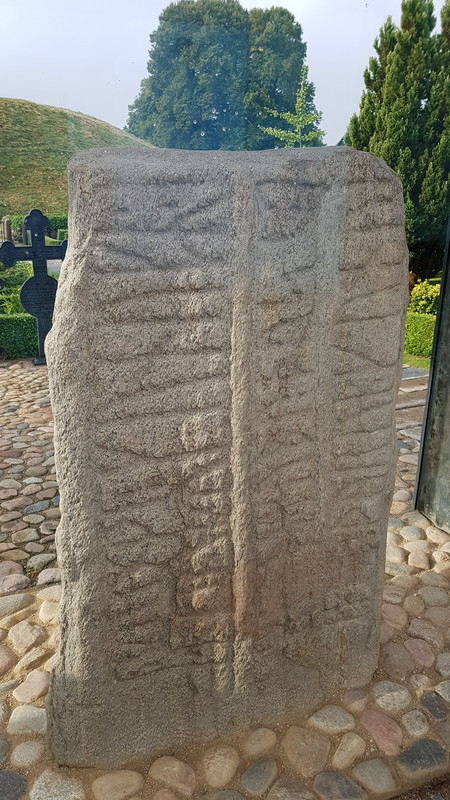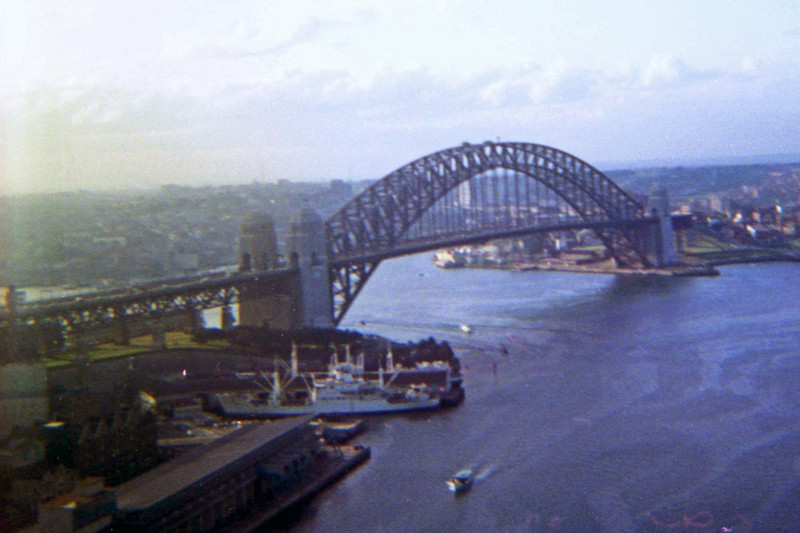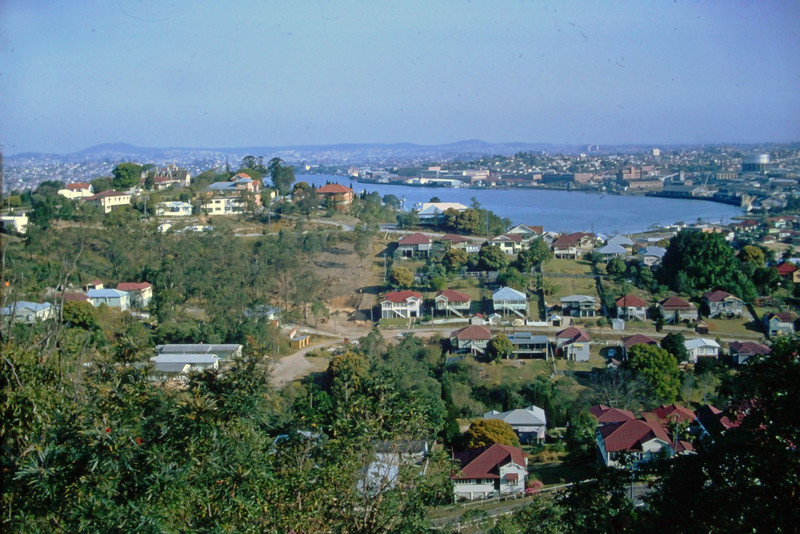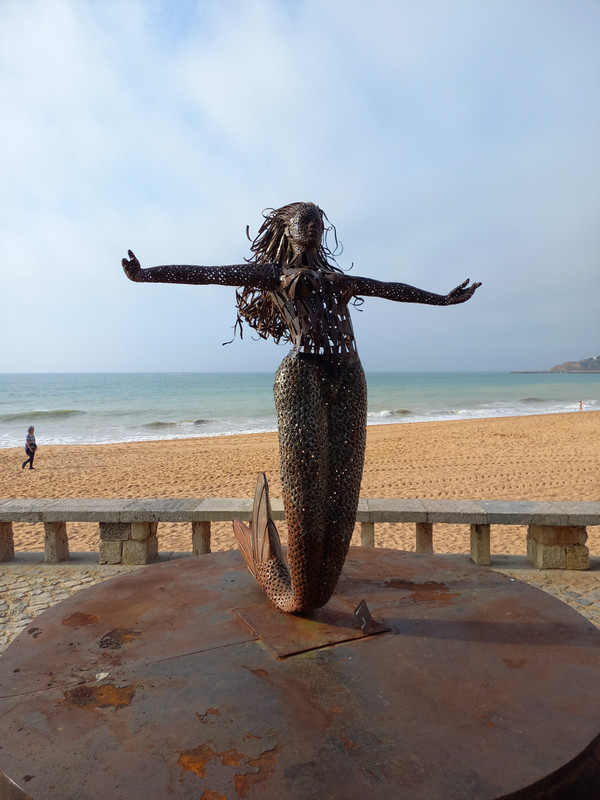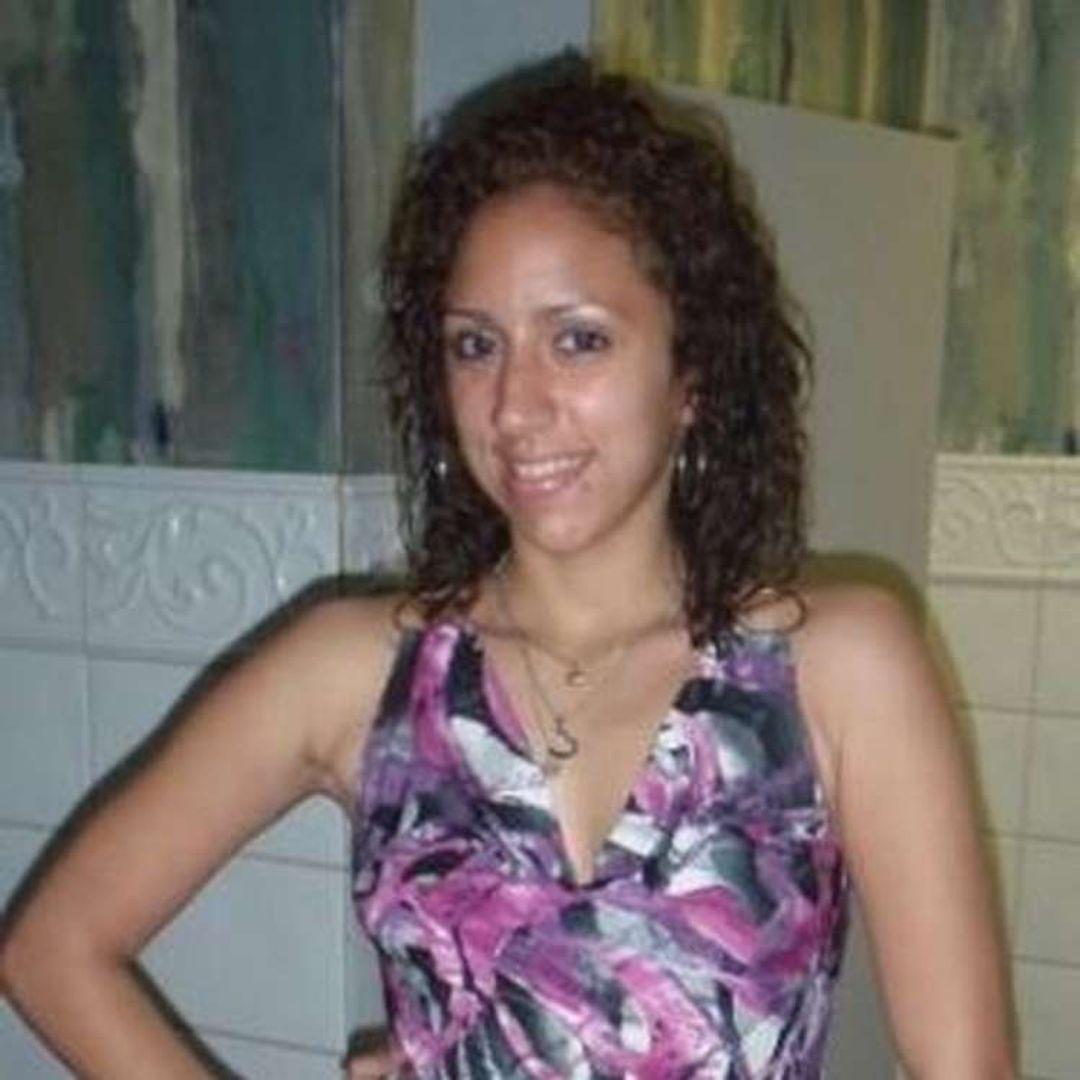A church, a pretty churchyard, two burial mounds and two Runic stones . That pretty much sums up Jelling.
Said to be the resting place of King Gorm of Denmark and his wife Thyra. They were the parents of King Harald of Denmark . The mounds were created as royal monuments in the 10th century . Once they may have held the bones of King Gorm in a deep underground chamber but nothing was found during earlier excavations . Bones were found somewhere else and reinterred in the small white church at Jelling.
We climbed one of the mounds for a better view of the area. Thankfully steps had been placed there for ease of climbing and to prevent idiots from scaling the grass and ruining the precious monuments . The mounds reminded me of the great mound at Waterloo. From the top we could properly see the small fortified church . Painted white it was similar to many we had already seen spread around the landscape of Denmark . Sadly it was closed when we arrived so we had no chance
The churchyard held our attention . Neat and tidy and unlike anything we were used to . Our graveyards have straight lines of gravestones . Older cemeteries are overgrown with tall grass, nettles and brambles . Trees grow indescriminately . Here the plots were of varying sizes . Some large enough for three graves . Others were just single plots . What they had was the neatness and the order. Each plot was surrounded by a small hedge around a foot to eighteen inches high . Some hedges were box . Other hedges conifer . All were neatly trimmed and I wondered if the owners of the plots cared for them or whether they paid a fee to the church who then kept the plots tidy. Inside each plot was individuality . Some had some stone seats where the relatives of the deceased could sit. Others had buddleia planted or a cherry tree . Some planted roses or annuals . But theme was the pretty setting which made us think it was a good place to be buried .
The names on the stones were lovely too . Scandanavian names and again they made the graves seem very homely . Odd that we thought that way about a cemetery .
The two important Runic stones were in the graveyard . Now kept underglass to protect them from the elements . Whilst I liked to see them protected the glass made it difficult to distinguish what we could see . Yes there were lines . And yes apparently there was a figure of Christ on one but they were difficult to decipher in broad daylight . Later we read that the best time to view them was in pitch darkness . The lights inside the glass shone on the images and made them stand out . We had to take the word of the information board that something was on the stones . Later at the museum we would see a replica. But this was heavily carved with the images and painted in a garish fashion making the figures and the runes stand out .
The smallest of the stone was erected by Gorm in memory of his wife Thyra sometime around the year 950. The larger was
erected by Harald Bluetooth and bore the words King Haraldr ordered this monument made in memory of Gormr his father and in memory of Thyrve his mother. That Haraldr who won for himself all of Denmark and Norway and made Danes Christian .
I suppose standing in front of the stones did make us think about our back stories . Being Welsh our history is mixed up and hard to follow . DNA was the way forward and both of us had our DNA tested . We both had Welsh DNA. Mine more heavily prevalent than Glenn. We shared English DNA but his more prevalent than mine . My Irish DNA crept in and both of us found Scandanavian elements and some French . Over the years as Ancestry moved the parameters of their DNA studies some of our Welsh went up or down , the Scandanavian part moved to Danish rather than Swedish or Norwegian and the French bit hovered around Calais and Normandy . So perhaps we were standing here where our Scandavian ancestors once lived . Who would ever have thought it and we cannot prove it one way or the other .
